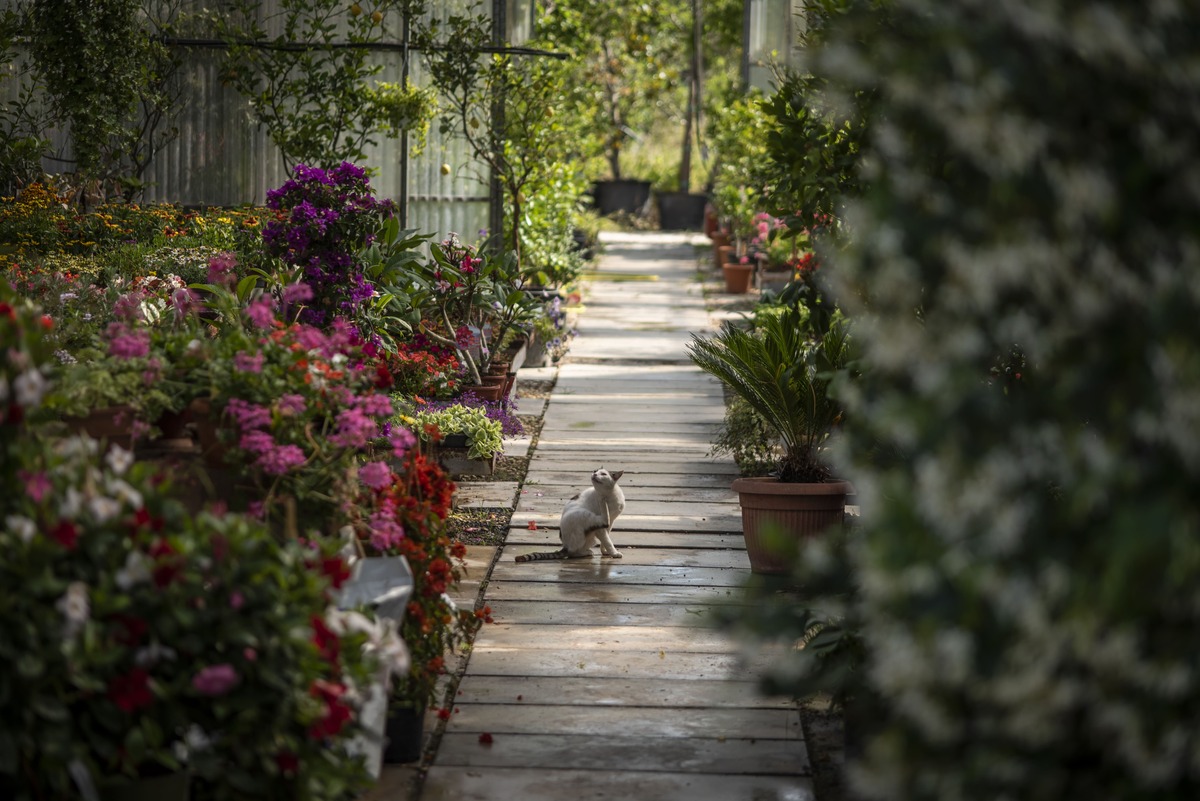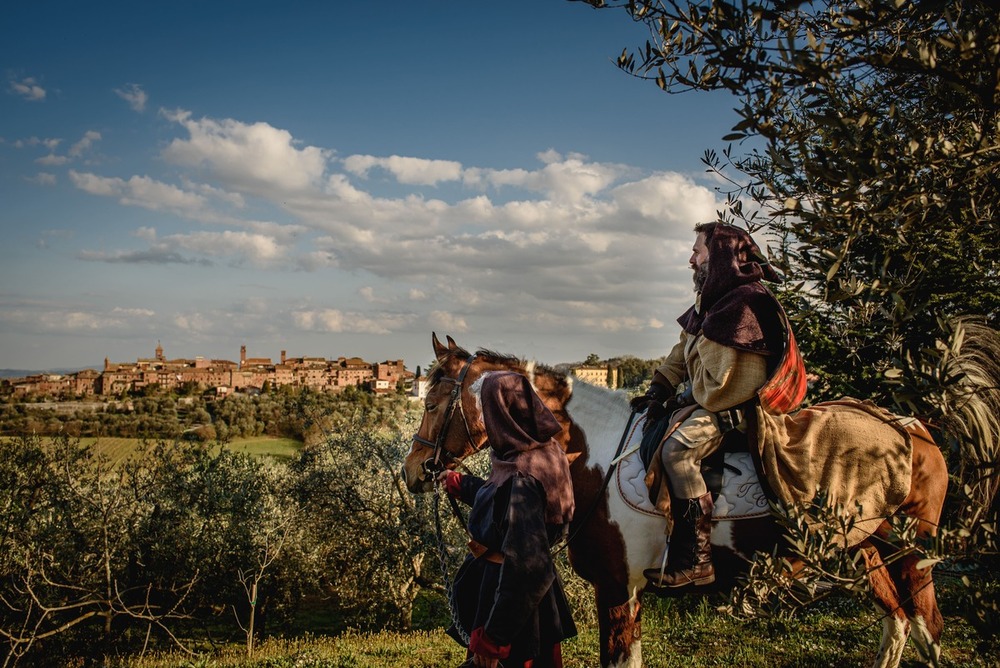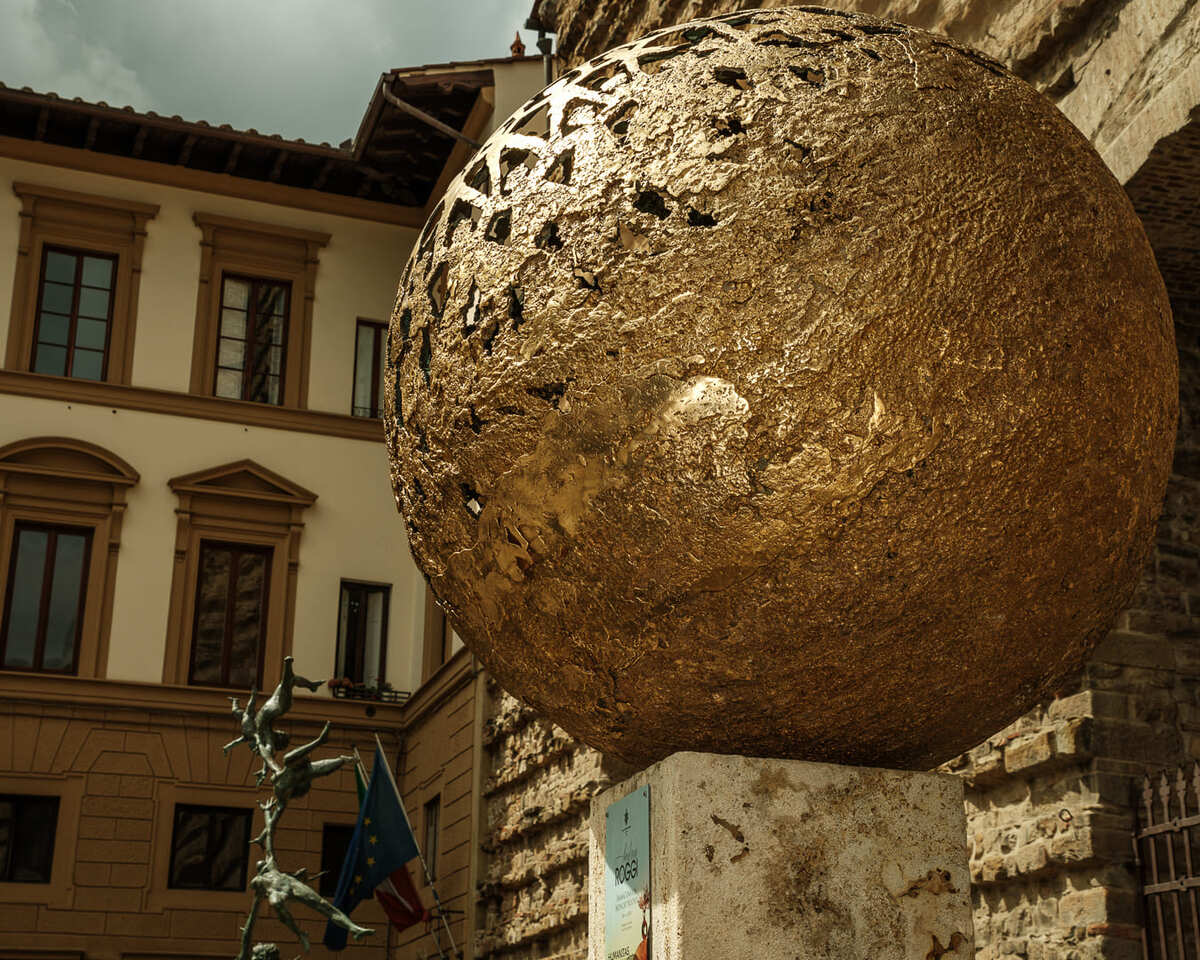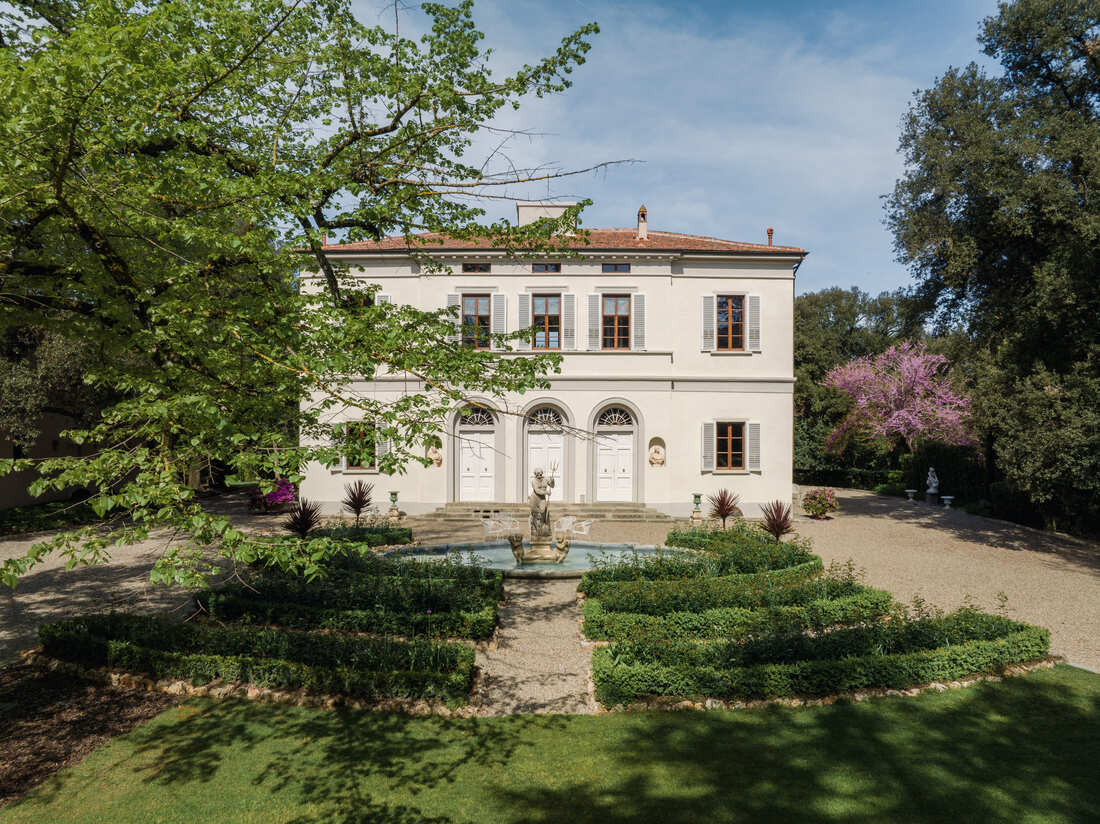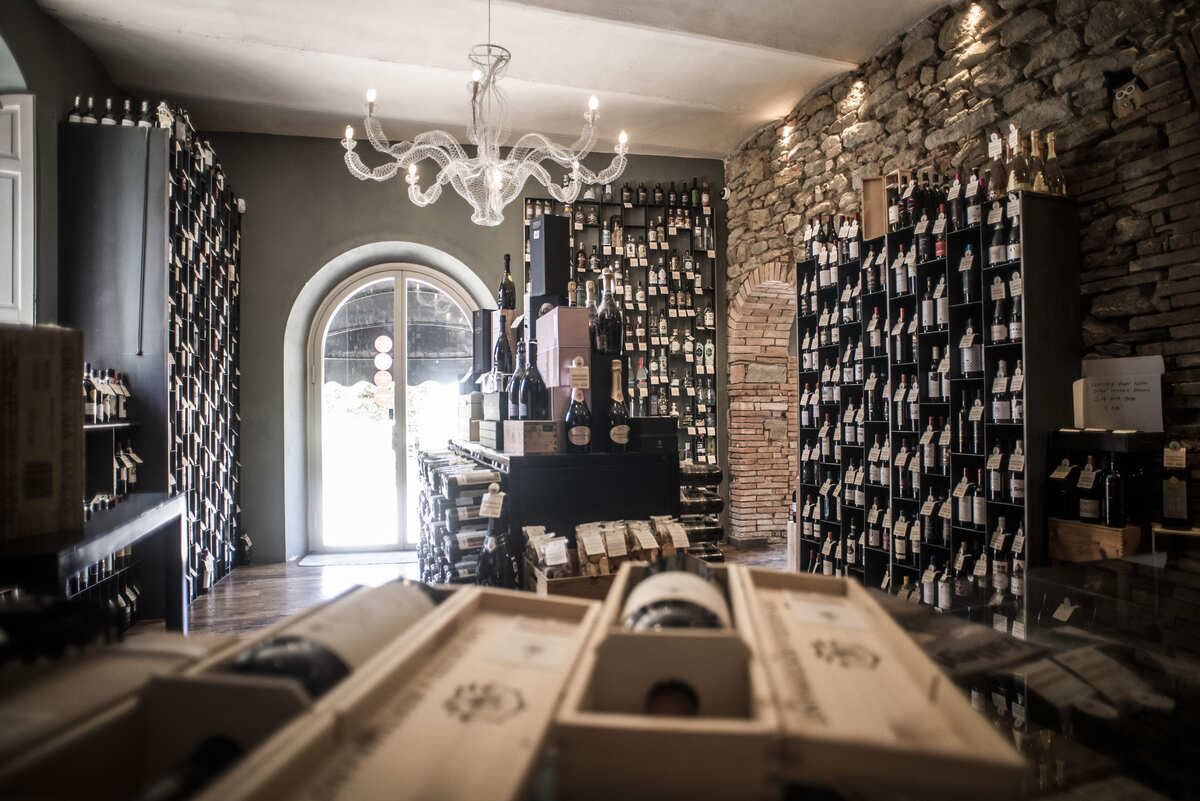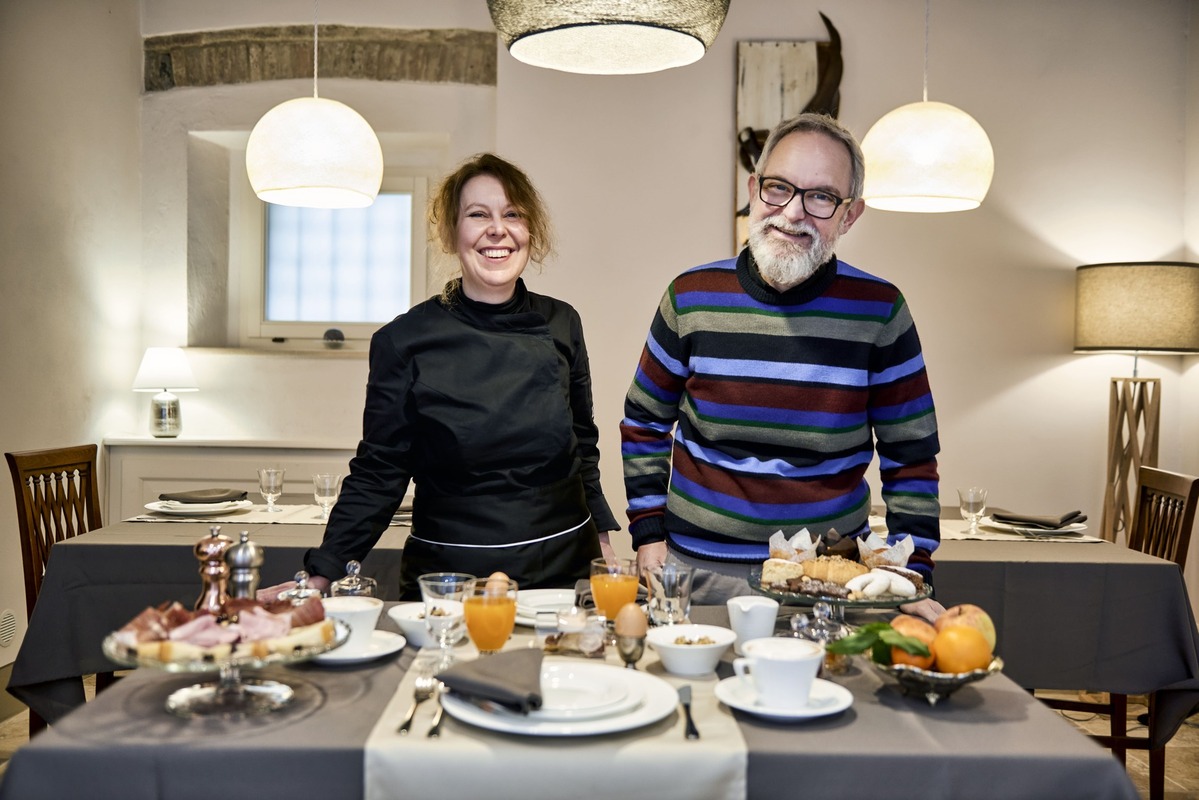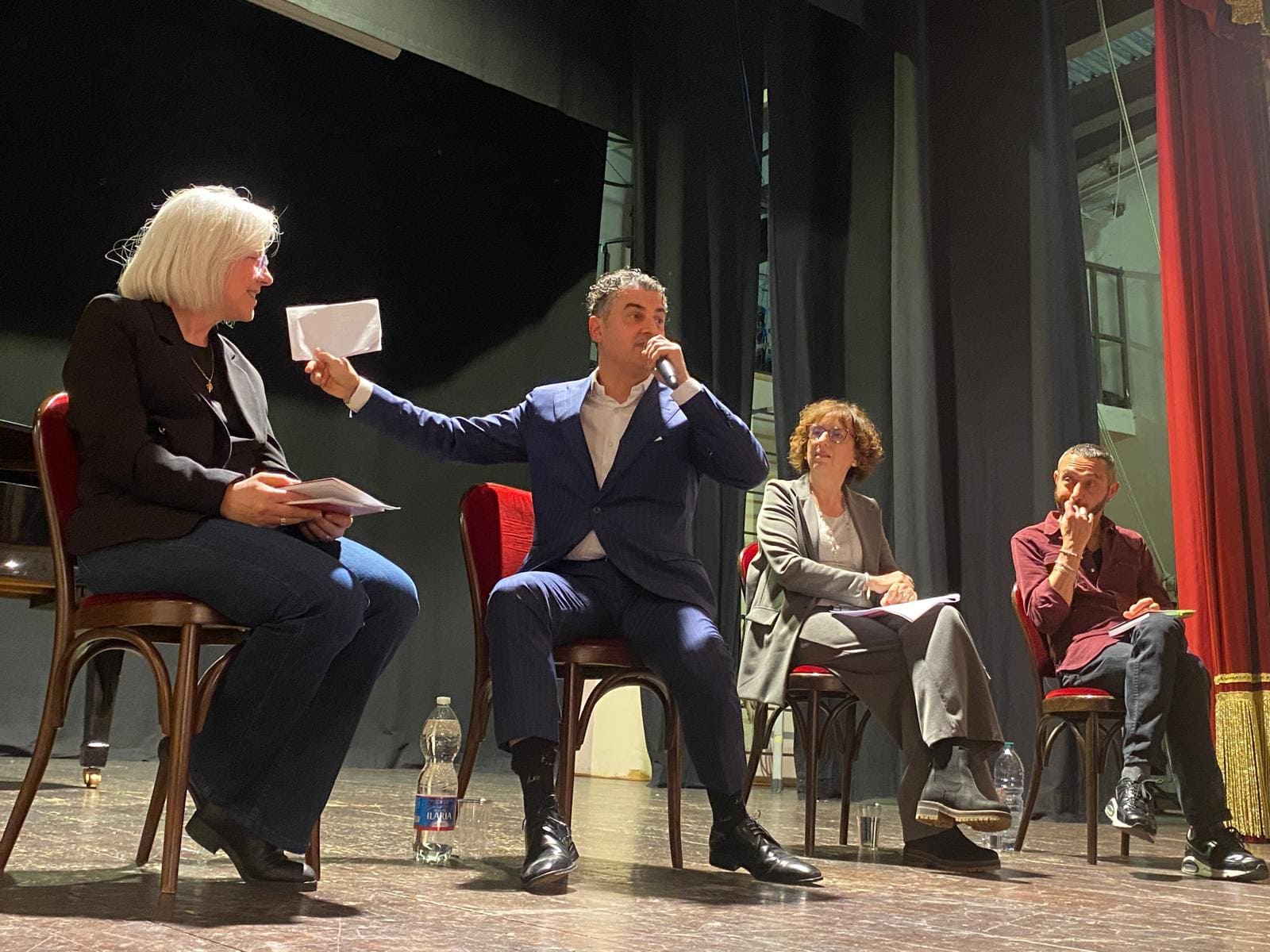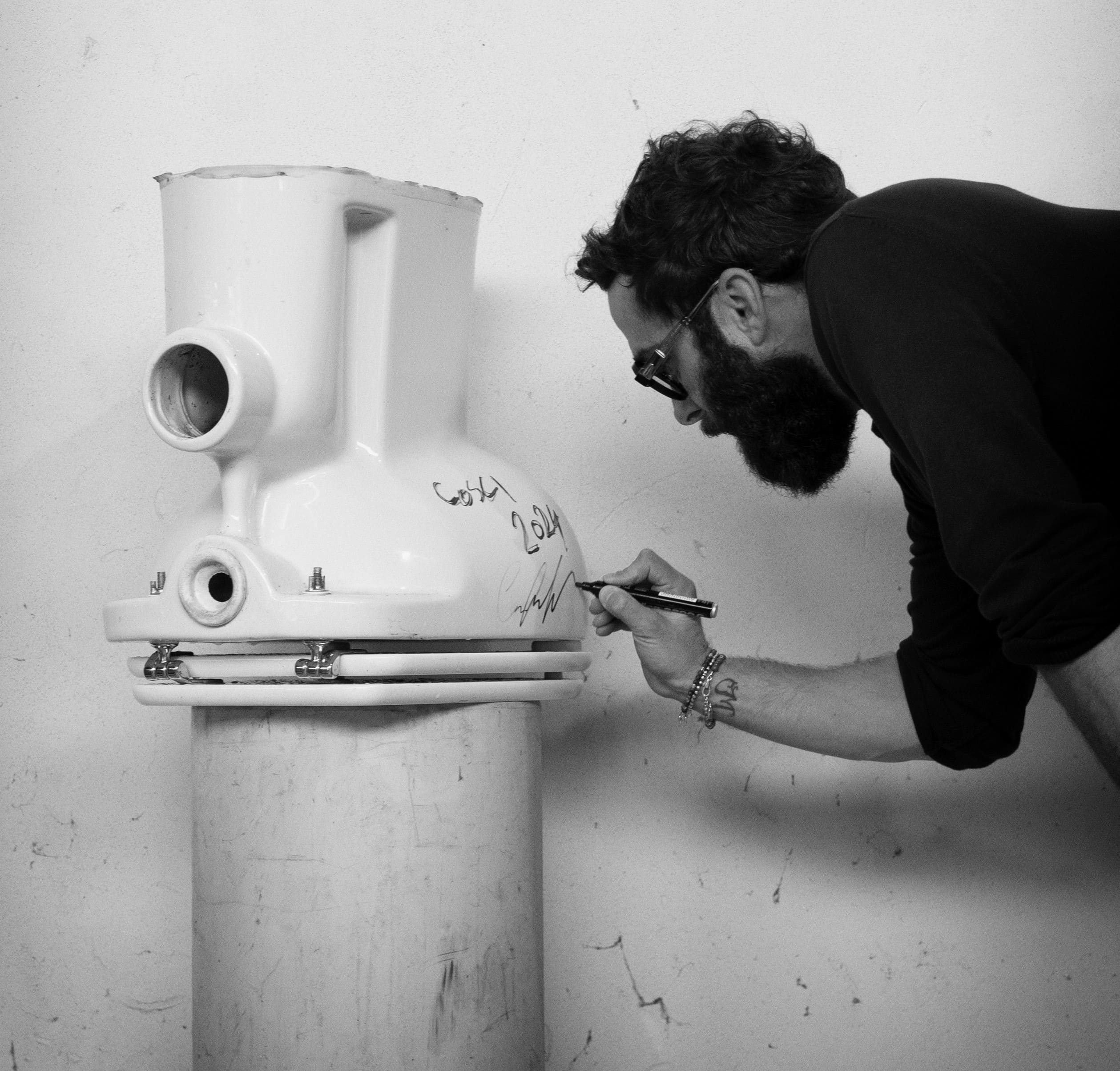Pacelli is mostly used by farms and agriturismo, i.e. buyers who do business with plants, but among the customers there are also many private individuals who ask for the design of their own garden.
read more >Category: Valdichiana and Lago Trasimeno
The Municipality of Torrita di Siena, which is one of the founding members of the Valdichiana Food Community, has been committing itself for years with actions aimed at safeguarding the environment, recovering the memory of its rural origins and the activities and tools related to it and, last but not least, the adoption of administrative measures that guarantee the use of local raw materials in the canteens of its territory
read more >Florence, capital of the Renaissance, we are in the complex of the Basilica of San Lorenzo; Paris, the essence of modern European culture, from the Place de la Madeleine to the Hôtel de Crillon: two monumental exhibition itineraries in which Maestro Andrea Roggi confronts the architecture and volumes of the city through the significant lens of his creations. A journey that is only apparently formal that catapults the viewer into a dreamlike and archetypal dimension.
read more >Archidomus has been active for many years in the planning, interior design, project and construction site management for the renovation of important properties, villas and farmhouses – which stand out for their Tuscan style
read more >Entering the Enoteca Meucci you cannot help but feel all this and you will certainly be enchanted.
read more >These two new wines evoke an important history, especially that of Sangiovese which is rooted in the peasant history of Tuscany – and which are projected towards the future thanks to a great Cabernet Sauvignon, a grape variety that has already conquered the world.
read more >By Simone Bandini We tell you, through the voice of their protagonists, about three events in spring and early summer in Torrita di Siena. Three important opportunities to get to know the village, its ancient history and the artistic liveliness of its citizens: ‘Il Borgo dei Libri’ (24,25 May), ‘Fermento’ (14,15 June) and […]
read more >In short, everything originates from this philosophy of beer, a culture transferred to pairing with the restaurant’s dishes: “We build our proposals in the kitchen to enhance our beer, and not vice versa. To this end, the necessary work is not to weigh down the flavours,” they confirm. Our beers are also sometimes used in cooking.
read more >It happens, wandering through the villages of our beautiful Tuscany, to come across forgotten pieces of history. Yes, the very ones that in lands less rich in antiquity and traditions would drive tourists crazy as if they were rare and precious stones, and which, to us, seem so normal that we don’t pay much attention to them. In Sarteano this is the case of the “Pope’s House”, the palace where Francesco Todeschini Piccolomini, born Pope Pius III (1439-1503), was born.
read more >In this new season I would like to continue to produce new ice cream tastes but also to carry on my new literary stimulus at the same time. I already have contacts with musician friends with whom I would like to return to play the role of the showman, as in the past, and maybe finally find a producer who sits in front of me to listen to my rhyming songs embraced by the music.
read more >Who knows what Duchamp, a famous exponent of the French avant-garde, would think if he had seen us busy around a toilet, wanting to reproduce a new ‘Fountain’ – his ready-made work/urinal, created by the artist in 1917. The original piece, which was widely known for its sensation, was lost. Today only copies are preserved in various museums around the world.
read more >The exhibition “The Great Illusion” set up at the Crociani Civic Museum – Pinacoteca in Montepulciano, offers a visual and conceptual exploration of the reflections of the artist Tomaini on the impact of modern technologies on contemporary society.
read more >We are with the newly elected Councillor for Culture Roberto Trabalzini for our, now customary, appointment with Torrita di Siena: its ancient history, unspoiled nature and the many events that the city associations have been carrying out with enthusiasm, for decades, together with the Municipal Administration.
read more >“Phase two of this newly branded ‘Terme Miele’, which we have called ‘water’ – he continues – will see the commissioning of two therapeutic whirlpools, two private soaking tubs for specific bath oil and salt treatments and an anti-gravity mini-pool”. The architecture of the new Spa will recall a beehive, combining well-being with the prodigious magic world of bees and honey inspired treatments.
read more >My work arises from a constant dialogue between ideal forms and the material that expresses them, a process that is not purely instinctive nor totally rational. It is a fusion of intuition and reflection, in which natural laws and ideas meet, with geometry marrying to living form. I do not try to separate these aspects, because I believe that beauty emerges precisely from this synthesis between ideal perfection and material imperfection, between thought and gesture.
read more >Jutta was born in Coblenz in the Rhineland in Germany during the War, and went to study art and design in Dusseldorf. She had always dreamed of leaving Germany to travel, and spent a year abroad studying and working in Rome. When, after 6 years of art school, the possibility to spend a period in South Africa working for a textile company presented itself, the young Jutta jumped at the opportunity.
read more >